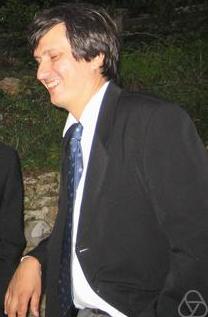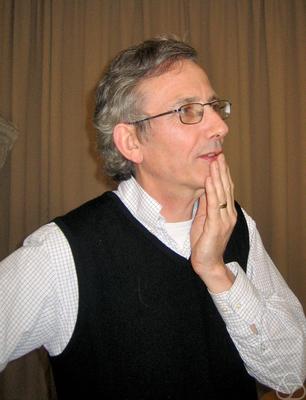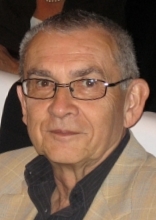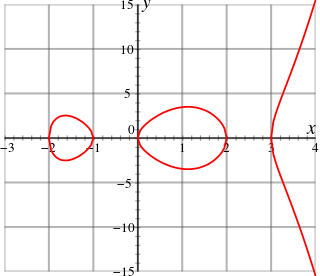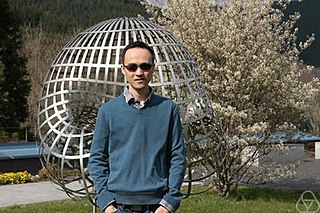Laureates
| Year | Portrait | Laureate (birth/death) | Country | Rationale | Affiliation |
|---|---|---|---|---|---|
| 2015 [4] |  | Simon Donaldson (b. 1957) | "for the new revolutionary invariants of 4-dimensional manifolds and for the study of the relation between stability in algebraic geometry and in global differential geometry, both for bundles and for Fano varieties." [5] | Stony Brook University Imperial College London | |
 | Maxim Kontsevich (b. 1964) | "for work making a deep impact in a vast variety of mathematical disciplines, including algebraic geometry, deformation theory, symplectic topology, homological algebra and dynamical systems." [6] | Institut des Hautes Études Scientifiques | ||
 | Jacob Lurie (b. 1977) | "for his work on the foundations of higher category theory and derived algebraic geometry; for the classification of fully extended topological quantum field theories; and for providing a moduli-theoretic interpretation of elliptic cohomology." [7] | Harvard University | ||
 | Terence Tao (b. 1975) | "for numerous breakthrough contributions to harmonic analysis, combinatorics, partial differential equations and analytic number theory." [8] | University of California, Los Angeles | ||
 | Richard Taylor (b. 1962) | "for numerous breakthrough results in the theory of automorphic forms, including the Taniyama–Weil conjecture, the local Langlands conjecture for general linear groups, and the Sato–Tate conjecture." [9] | Institute for Advanced Study | ||
| 2016 |  | Ian Agol (b. 1970) | "for spectacular contributions to low dimensional topology and geometric group theory, including work on the solutions of the tameness, virtually Haken and virtual fibering conjectures." [10] [11] | University of California, Berkeley Institute for Advanced Study | |
| 2017 |  | Jean Bourgain (1954–2018) | "for multiple transformative contributions to analysis, combinatorics, partial differential equations, high-dimensional geometry and number theory." [12] | Institute for Advanced Study | |
| 2018 |  | Christopher Hacon (b. 1970) | "for transformational contributions to birational algebraic geometry, especially to the minimal model program in all dimensions." [13] [14] | University of Utah | |
 | James McKernan (b. 1964) | University of California, San Diego | |||
| 2019 |  | Vincent Lafforgue (b. 1974) | "for ground breaking contributions to several areas of mathematics, in particular to the Langlands program in the function field case." [15] | Centre National de la Recherche Scientifique Institut Fourier, Université Grenoble-Alpes | |
| 2020 |  | Alex Eskin (b. 1965) | "for revolutionary discoveries in the dynamics and geometry of moduli spaces of Abelian differentials, including the proof of the 'magic wand theorem'." [16] | University of Chicago | |
 | Maryam Mirzakhani (1977–2017) (posthumously awarded) | Stanford University | |||
| 2021 |  | Martin Hairer (b. 1975) | "for transformative contributions to the theory of stochastic analysis, particularly the theory of regularity structures in stochastic partial differential equations." [17] [18] | Imperial College London | |
| 2022 |  | Takurō Mochizuki (b. 1972) | "for monumental work leading to a breakthrough in our understanding of the theory of bundles with flat connections over algebraic varieties, including the case of irregular singularities." [19] | Kyoto University | |
| 2023 |  | Daniel Spielman (b. 1970) | "for breakthrough contributions to theoretical computer science and mathematics, including to spectral graph theory, the Kadison-Singer problem, numerical linear algebra, optimization, and coding theory." [20] | Yale University | |
| 2024 |  | Simon Brendle (b. 1981) | "for transformative contributions to differential geometry, including sharp geometric inequalities, many results on Ricci flow and mean curvature flow and the Lawson conjecture on minimal tori in the 3-sphere." [21] | Columbia University |
